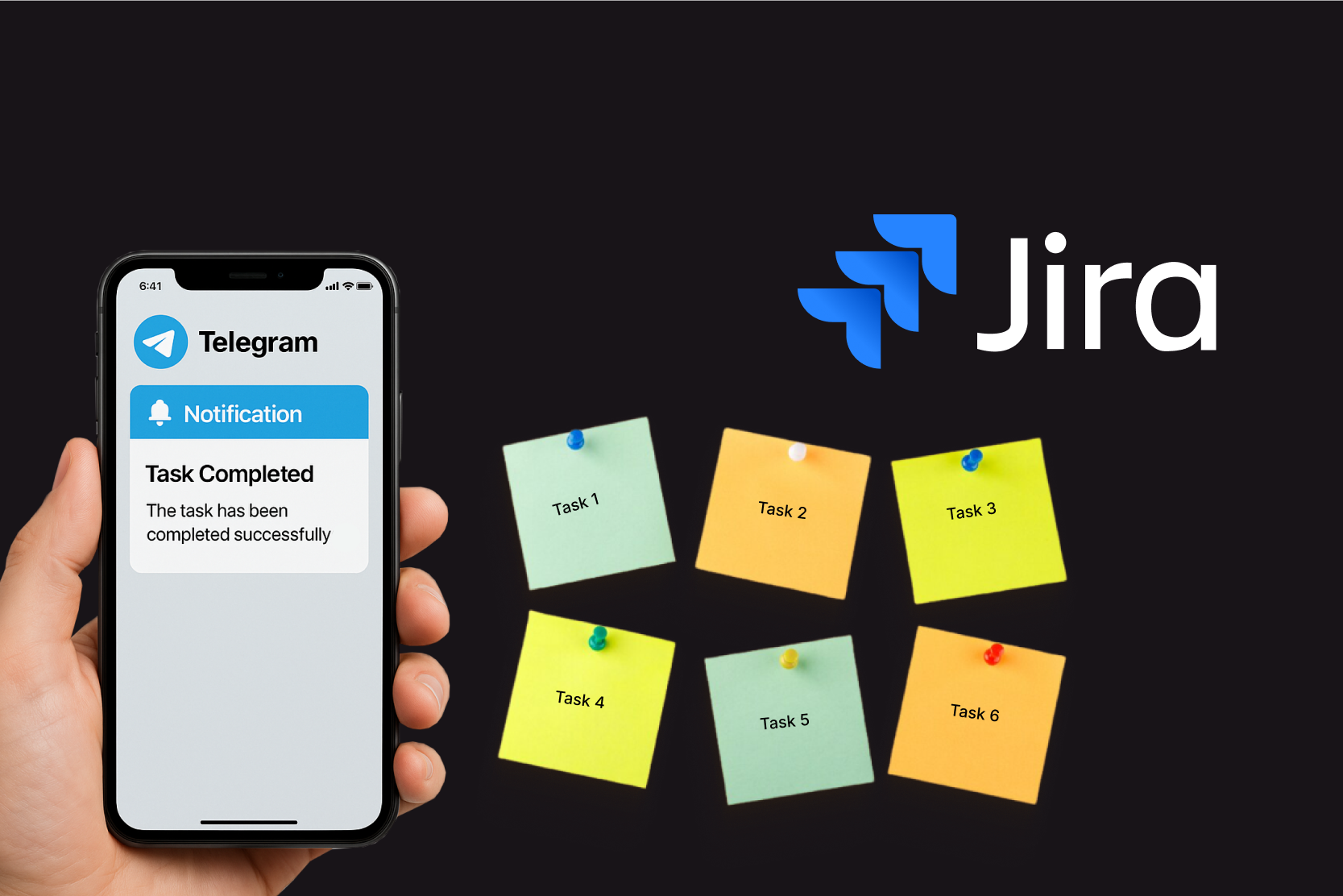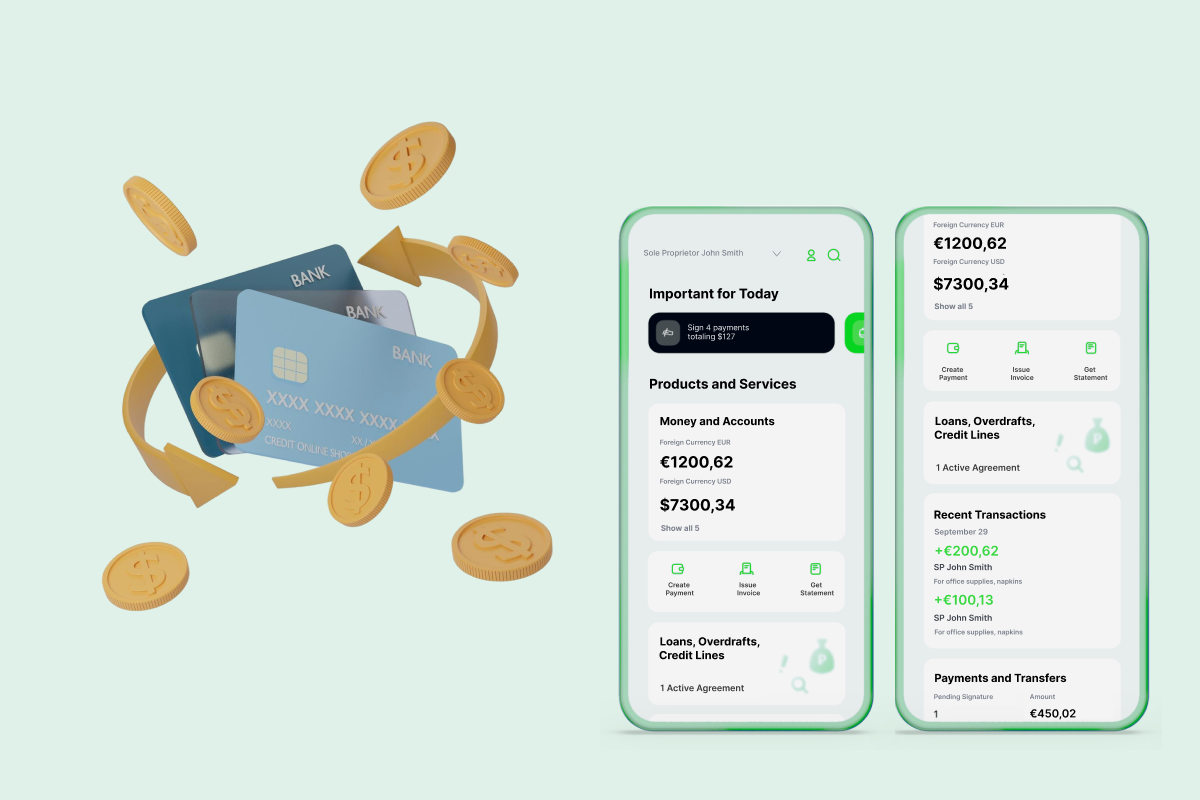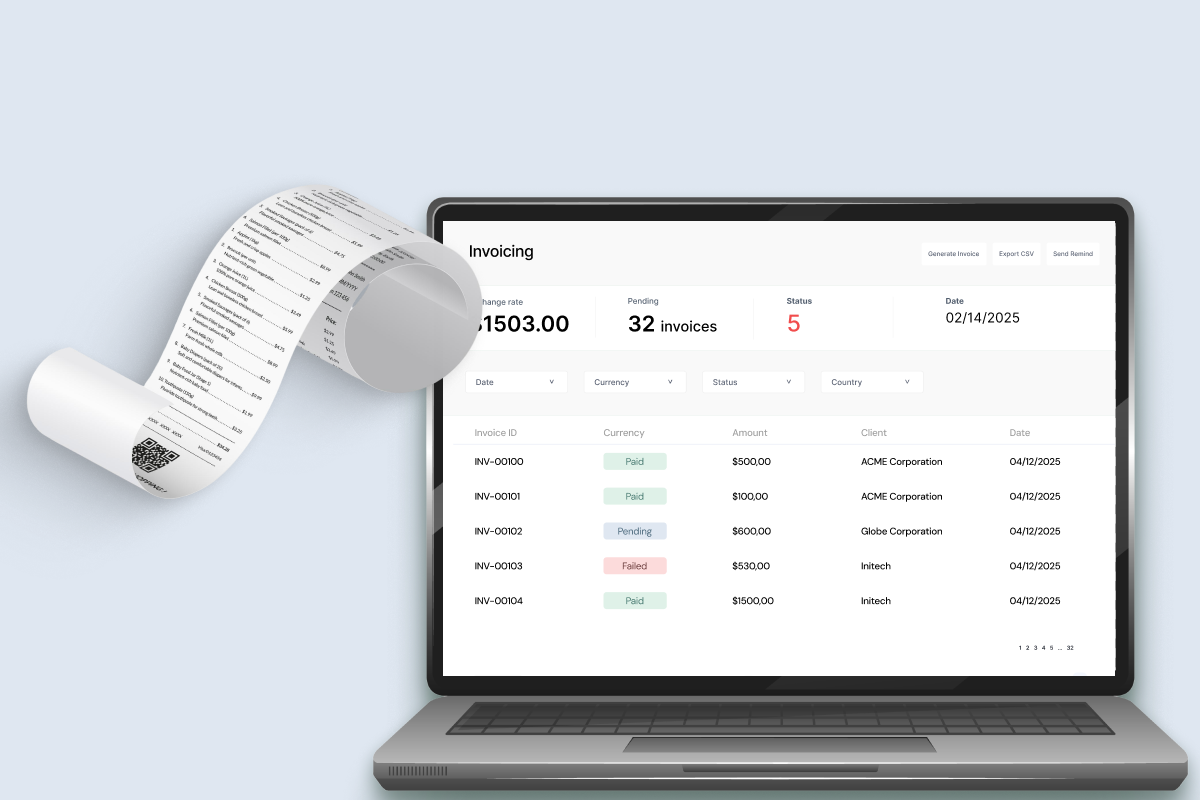All Technologies Used
Motivation
The customer needed to optimize the performance of their existing cryptocurrency trading utility and revamp its features. The solution required improving the CLI tool, which lacked a visual interface and scalability, and developing new features to enhance the overall trading process.
Main Challenges
The customer wanted the Ruby-based utility to use as few third-party libraries as possible, requiring Azati to recreate open-source modules internally while maintaining high quality and reliability.
The existing CLI tool struggled with fast-paced trading operations and could not efficiently handle multiple requests or integrate trading bots. Azati needed to optimize scripts, revamp business logic, and ensure robust Docker deployment for scalability.
Since the tool had no visual interface, managing numerous commands efficiently was challenging. Azati had to implement an advanced filtering system and TCP server support to handle requests remotely and improve usability.
Our Approach
Want a similar solution?
Just tell us about your project and we'll get back to you with a free consultation.
Schedule a callSolution
Optimized CLI Tool
- Remote command handling via TCP server
- Advanced filtering system for CLI commands
- Improved execution speed and reliability
Trading Bots Integration
- Automation of trading strategies
- Real-time interaction with multiple exchanges
- Optimized algorithms for price calculations and data transformations
Docker Containerization
- Rapid deployment of the CLI utility
- Scalable and maintainable infrastructure
- Isolation of dependencies and system processes
Database & Request Handling Modules
- Efficient database connection and query handling
- Reliable parsing of CLI commands
- Execution of optimized business logic
Requests Builder & Trading API Connector
- Simplified API request creation
- Seamless integration with external trading platforms
- Reliable execution of trading operations via bots
Business Value
Performance Boost: System optimizations resulted in a 300% improvement in performance, significantly reducing trading times and enabling faster execution of operations.
Enhanced Deployment and Scalability: The integration of Docker containers simplified deployment and improved system flexibility, allowing for scalable and maintainable infrastructure.
Automation and Efficiency: The implementation of an advanced filtering system and integration with trading bots reduced the need for manual intervention, making the trading process more automated and efficient.
Improved Project Management: The transition to GitHub Boards streamlined task tracking and project management, increasing team productivity.
Usability and Future Scalability: The newly released CLI tool with advanced features enhanced usability, while future plans include introducing a web interface for even more accessible user interaction.










